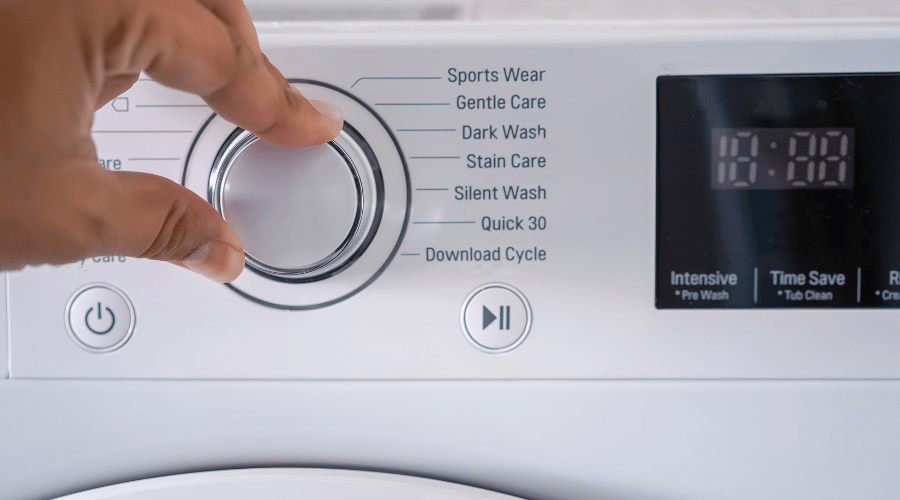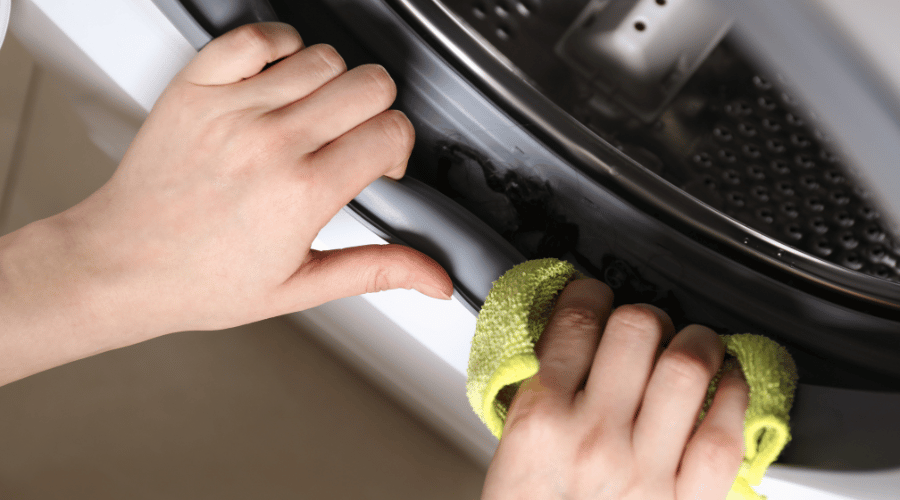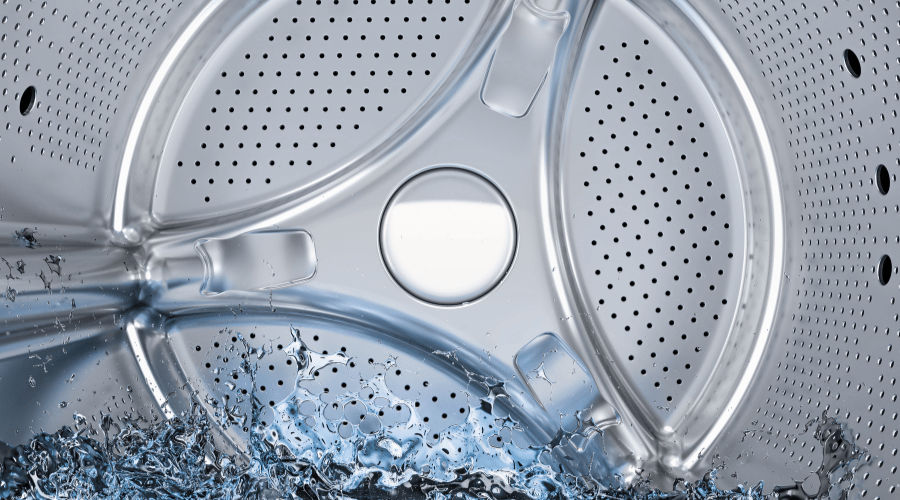
In today’s world, energy conservation has become increasingly important. Household appliances play a significant role in our daily lives, but they can also consume a considerable amount of energy. By adopting energy-saving practices, we can reduce our environmental impact and save on utility bills. In this comprehensive guide, we will explore effective strategies to maximize energy efficiency for various household appliances.
Understanding Energy Efficiency
Energy efficiency is the key to reducing energy consumption. It refers to the ability of an appliance to perform its intended function while minimizing energy waste. Energy efficiency ratings and labels are valuable tools to help consumers make informed choices when purchasing appliances.
Energy-Saving Tips for Specific Appliances
Refrigerator and Freezer:
- Set appropriate temperature levels: Keeping the refrigerator between 36-38°F (2-3°C) and the freezer at 0°F (-18°C) ensures optimal cooling without unnecessary energy usage.
- Regular defrosting and cleaning: Accumulated ice can reduce efficiency, so defrosting regularly is crucial. Additionally, clean dust and debris from the coils to enhance performance.
- Efficient organization and airflow: Properly arranging items inside the refrigerator and allowing adequate airflow prevents the appliance from working harder than necessary.
Washing Machine and Dryer:
- Choose energy-efficient models: Look for washing machines and dryers with Energy Star certification, as they meet stringent energy efficiency standards.
- Use appropriate water and load sizes: Select the right water level and load size to avoid wasting water and energy. Only run full loads whenever possible.
- Air-dry clothes when possible: Take advantage of natural air drying for clothes to reduce dryer usage and save energy.
Dishwasher:
- Run full loads: Running the dishwasher only when it’s full maximizes water and energy efficiency.
- Utilize energy-saving modes: Many dishwashers have energy-saving options, such as shorter cycles or reduced water temperature. Make use of these features to save energy.
- Proper maintenance and cleaning: Regularly clean the dishwasher’s filter and spray arms to ensure optimal performance.
Air Conditioner:
- Set temperature wisely: Adjust the temperature to a comfortable level, but avoid extreme cooling. Each degree higher can significantly reduce energy consumption.
- Utilize programmable thermostats: Programmable thermostats allow you to automate temperature adjustments, optimizing energy usage based on your schedule.
- Regular maintenance and filter cleaning: Clean or replace air conditioner filters regularly to ensure proper airflow and prevent energy waste.
Other Appliances (Oven, Microwave, Television, etc.):
- Energy-saving cooking practices: Use the appropriate size of cookware, match burner sizes, and consider using lids to retain heat. Preheating the oven only when necessary saves energy too.
- Use power-saving features: Take advantage of energy-saving settings on microwaves and televisions, such as sleep mode or power-off timers.
- Unplug or use power strips to reduce standby power: Many appliances consume energy even when turned off. Unplugging or using power strips with switches can prevent standby power waste.
Additional Energy-Saving Tips
a. Smart home automation and energy management systems: Implementing smart devices and energy management systems can optimize energy usage by controlling appliances intelligently.
b. Energy-efficient lighting options: Switching to LED bulbs and utilizing natural light during the day can significantly reduce electricity consumption.
c. Utilizing natural light and ventilation: Open curtains or blinds during the day to utilize natural light, and use fans or open windows for cooling instead of relying solely on air conditioners.
Conclusion
Incorporating energy-saving tips into our daily lives can have a significant impact on reducing energy consumption and saving money. By following the guidelines provided in this comprehensive guide, you can maximize the energy efficiency of your household appliances. Let’s embrace sustainable practices and contribute to a greener future while enjoying the benefits of reduced utility bills.



